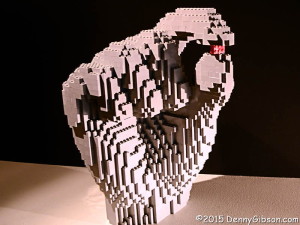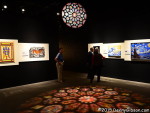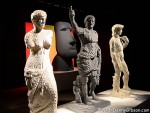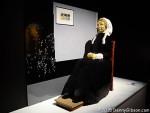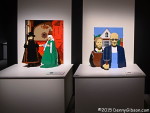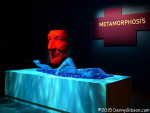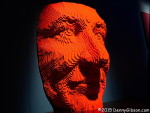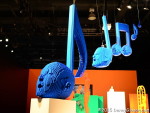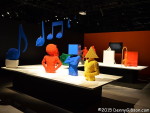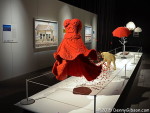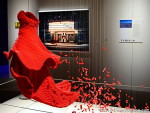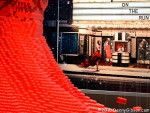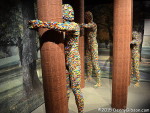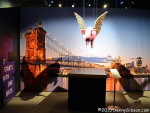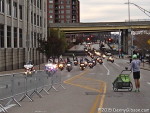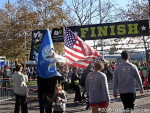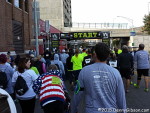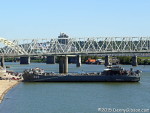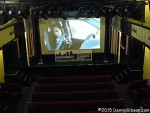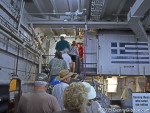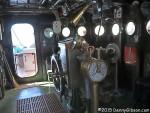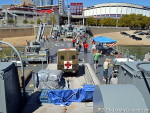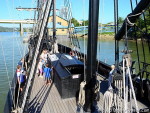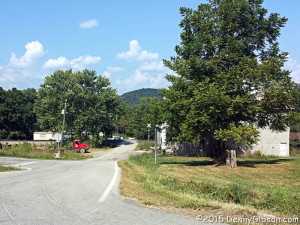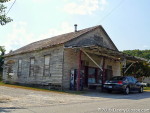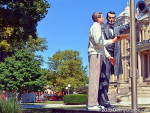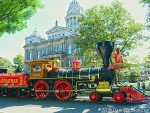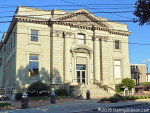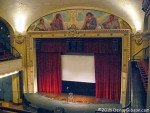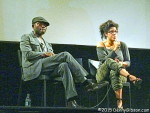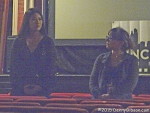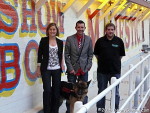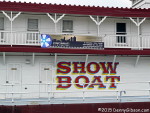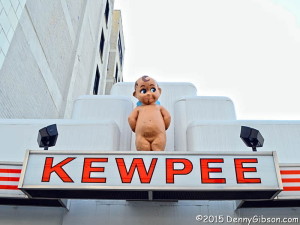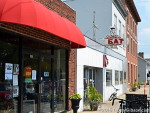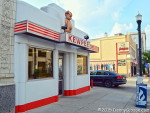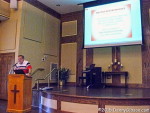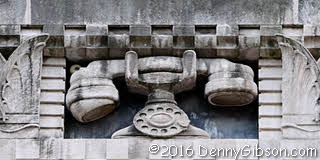 Some might remember 2014’s Bye Bye Four One Two Five blog post in which I bid farewell to a long held telephone number and a couple of Cincinnati Bell services. For roughly six years preceding that post, I had relied on CB for my mobile telephone as well as my home phone and internet connection. That had to change because the company was bailing out of the mobile business. When I made that post in October of 2014, I had switched to Verizon for my mobile service and had simply dropped the seldom used home voice service. The only service I retained with CB was an internet connection. In the last paragraph of the post I expressed happy surprise that the internet connection was the same price alone as it had been bundled. That didn’t last.
Some might remember 2014’s Bye Bye Four One Two Five blog post in which I bid farewell to a long held telephone number and a couple of Cincinnati Bell services. For roughly six years preceding that post, I had relied on CB for my mobile telephone as well as my home phone and internet connection. That had to change because the company was bailing out of the mobile business. When I made that post in October of 2014, I had switched to Verizon for my mobile service and had simply dropped the seldom used home voice service. The only service I retained with CB was an internet connection. In the last paragraph of the post I expressed happy surprise that the internet connection was the same price alone as it had been bundled. That didn’t last.
For the first year, my internet-only bill was $35 per month. It then went to a perfectly acceptable $36. Five months later it jumped to $48.54 which was neither acceptable or ignorable. There were, I soon learned, two components to this roughly 35% increase. One was a significant but not quite outrageous jump in the service rate from $36 to $39.99. The larger piece of the increase came from the addition of a $7.99 equipment fee and accompanying $0.56 state tax. Through on-line chat and a subsequent phone call I was able to verify that this was, as I immediately suspected, a monthly rental fee for the nondescript ADSL modem I had been using free since 2008. I was also told that I could neither buy the modem outright from Cincinnati Bell nor supply my own. As the representative looked over my account, she uttered the phrase “wireless internet” and I told her I did not have CB supplied WiFi which she shrugged off and so did I. I guess I had already decided to run away fast rather than pursuing specific issues.
Cincinnati Bell’s current flagship product uses fiber-optics. Called Fioptics, it is not yet available at my address although I doubt its availability would have materially changed things. My service was a copper wire product called ZoomTown 5 Mbps. The service is often described as “5/1” to indicate 5 Mbps download and 1 Mbps upload. These are marketing friendly “rounded up” numbers more precisely described as “Download up to 5 Mbps. Upload up to 768 Kbps”. There is also a ZoomTown 2 Mbps or “2/1” product. Although I have seen download speed as high as 4.47 Mbps, recently observed download speeds have all been under 1.33 Mbps. Observed upload speeds have always been around 0.66 Mbps which is close enough to 768 Kbps to keep me happy. It happens that the only record I have of speeds near 5 Mbps (the 4.47 reading) is from before switching off voice service but I have no evidence that the slowing coincided with the switch.
My most charitable interpretation of this is that Cincinnati Bell made a couple of small errors. It seems quite possible that somewhere along the way I was accidentally switched from the 5 Mbps service to the 2 Mbps service. It is also quite possible that I was somehow supposed to have a WiFi router from Cincinnati Bell but that someone forgot to actually provide it. If that were the case, then I could press Cincinnati Bell and get a fancier modem/router for my $7.99. If an accidental service reduction had actually occurred, then I could press Cincinnati Bell and get it switched back or I could arrange for my billing to be changed to match the service I was apparently receiving.
I might have merely grumbled and moved to get the errors corrected had there not been at least a little bit of competition left in the local internet market. There is, so instead of expending energy trying to get Cincinnati Bell to correct its errors, I switched to Time Warner Cable. Three things led to the switch. For one thing, TWC allows customers to supply their own modems and provides a list of compatible products. Secondly it’s cheaper. I’m starting with a 2 Mbps plan which should be the equivalent of what I’ve actually been getting from CB. The CB rate is $26 per month (although I’ve actually been paying more) and the TWC rate is $14.99 per month. Yes, I had to spend some money up front but I’m getting nearly twenty bucks ($8.55 + $26 – $14.99 = $19.56) back every month. If I should decide I want more, TWC lists 6 Mbps and 15 Mbps plans that are both cheaper than CB’s 5 Mbps plan. The third reason to switch is that TWC hadn’t pissed me off in years.
Getting the new service should have been quick and easy. It wasn’t although neither was it exactly horrible. When the condominium I live in was built in 1997, all units were pre-wired for Time Warner Cable. I subscribed to TWC for a couple of years before going to DirecTV in 1999. The DirecTV installation made use of the TWC cabling and was working fine when I canceled my subscription in favor of over-the-air TV in 2009. An appointment was made and a technician arrived right on schedule. However, after doing a LOT of testing, he told me that there seemed to be a break in the internal cabling and that someone else would need to come out to fix it. I would be contacted within a week.
I let two weeks pass then called. Someone had entered a placeholder appointment for a couple months in the future then dropped the ball. A more qualified tech arrived less than two days later. He looked things over and, rather than pulling new cable as I expected, simply completed the one connection the previous tech had missed. Bingo!
While both services were connected I checked their speeds using Ethernet (not WiFi) and found the Time Warner connection delivering essentially what was advertised:
Cincinnati Bell, not so much:
I know those rates seem pretty pitiful to many. They are the minimum offerings from the two companies but they are sufficient. One might think that, as a feeder of a blog and website, I am a heavy Internet user. Nope, heavy Internet users are families streaming movies to multiple TVs while playing World of Warcraft with friends in Walla Walla, Washington. I certainly wouldn’t object to more speed but I have what I need for less than a Skinny Vanilla Latte Grande per week.
The opening photo shows a detail of the 1931 Cincinnati Bell Building in downtown Cincinnati.

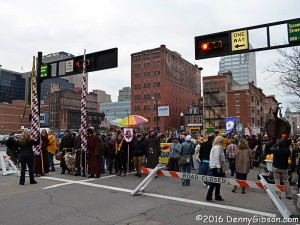
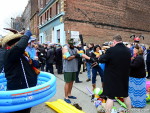
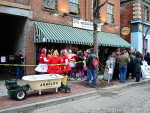
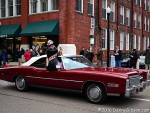
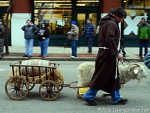
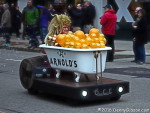
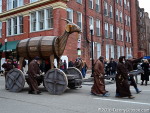
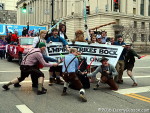

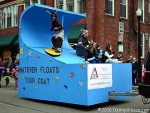
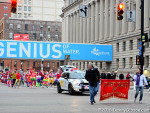
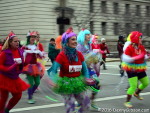

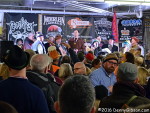
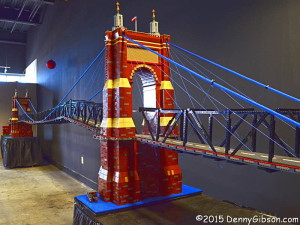
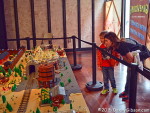
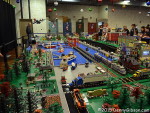
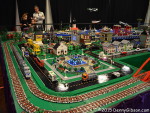

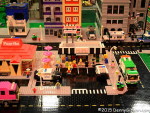
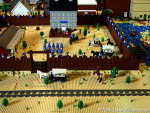

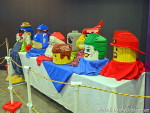
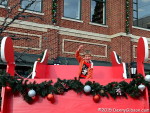
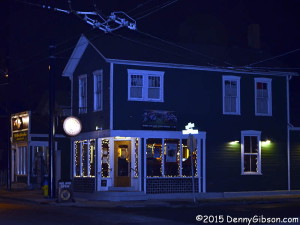
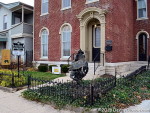





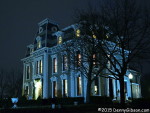
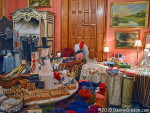

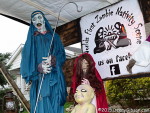
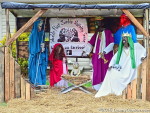
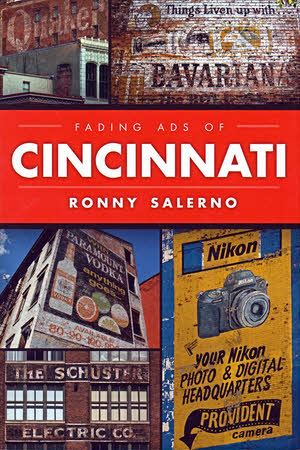 Buying local is a good thing and so is reading local. I was able to combine the two recently. November 30 was the official release date for a new book about Cincinnati and in the early evening its author made the book and his signature available at a downtown location that appears between its covers. The book was Fading Ads of Cincinnati, the author Ronny Salerno, and the location Igby’s Bar inside a building with a fading “TWINE PAPER” painted on its side. Those two dim words are typical of the fading ads that are the book’s subject. How could I not?
Buying local is a good thing and so is reading local. I was able to combine the two recently. November 30 was the official release date for a new book about Cincinnati and in the early evening its author made the book and his signature available at a downtown location that appears between its covers. The book was Fading Ads of Cincinnati, the author Ronny Salerno, and the location Igby’s Bar inside a building with a fading “TWINE PAPER” painted on its side. Those two dim words are typical of the fading ads that are the book’s subject. How could I not?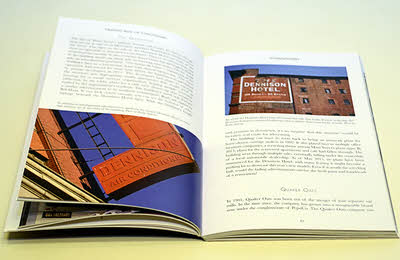 The photos aren’t left to stand alone. Captions describe each of them, of course, and many get multiple paragraphs of attention. Salerno has been successful in digging up many of the signs’ histories with some of the best stories coming from signs identifying local or regional companies that are no longer with us. Names like Shillito’s and Brendamour’s will be recognized by many Cincinnatians and probably some others as well. Out-of-towners might not be familiar with local landmarks like Davis Furniture (“The Friendly Store”) or the Dennison Hotel (“105 Rooms – 60 baths”) but they are exactly what I and some other locals think of when we think of “fading ads” or the more common “ghost signs”.
The photos aren’t left to stand alone. Captions describe each of them, of course, and many get multiple paragraphs of attention. Salerno has been successful in digging up many of the signs’ histories with some of the best stories coming from signs identifying local or regional companies that are no longer with us. Names like Shillito’s and Brendamour’s will be recognized by many Cincinnatians and probably some others as well. Out-of-towners might not be familiar with local landmarks like Davis Furniture (“The Friendly Store”) or the Dennison Hotel (“105 Rooms – 60 baths”) but they are exactly what I and some other locals think of when we think of “fading ads” or the more common “ghost signs”.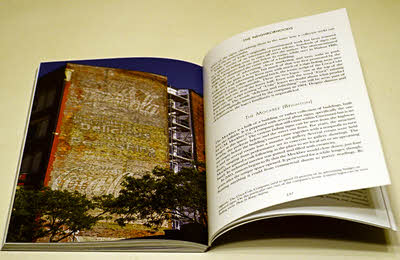 Salerno brings up the phrase “ghost signs” in the introduction and says people often thought he was writing about the supernatural when he used the term. “Fading advertisements”, he says, doesn’t have that problem. Fair enough but it’s just possible that his position also has something to do with the book’s predetermined title. “Ghost sign” slips into the book a time or two and in the final chapter Salerno more or less acknowledges the validity of both. As for me, I’m comfortable and most familiar with the term “ghost signs” (and “ghost bridges” and “ghost towns”) so I’ll just continue to think of Fading Ads of Cincinnati as a book about ghost signs.
Salerno brings up the phrase “ghost signs” in the introduction and says people often thought he was writing about the supernatural when he used the term. “Fading advertisements”, he says, doesn’t have that problem. Fair enough but it’s just possible that his position also has something to do with the book’s predetermined title. “Ghost sign” slips into the book a time or two and in the final chapter Salerno more or less acknowledges the validity of both. As for me, I’m comfortable and most familiar with the term “ghost signs” (and “ghost bridges” and “ghost towns”) so I’ll just continue to think of Fading Ads of Cincinnati as a book about ghost signs.